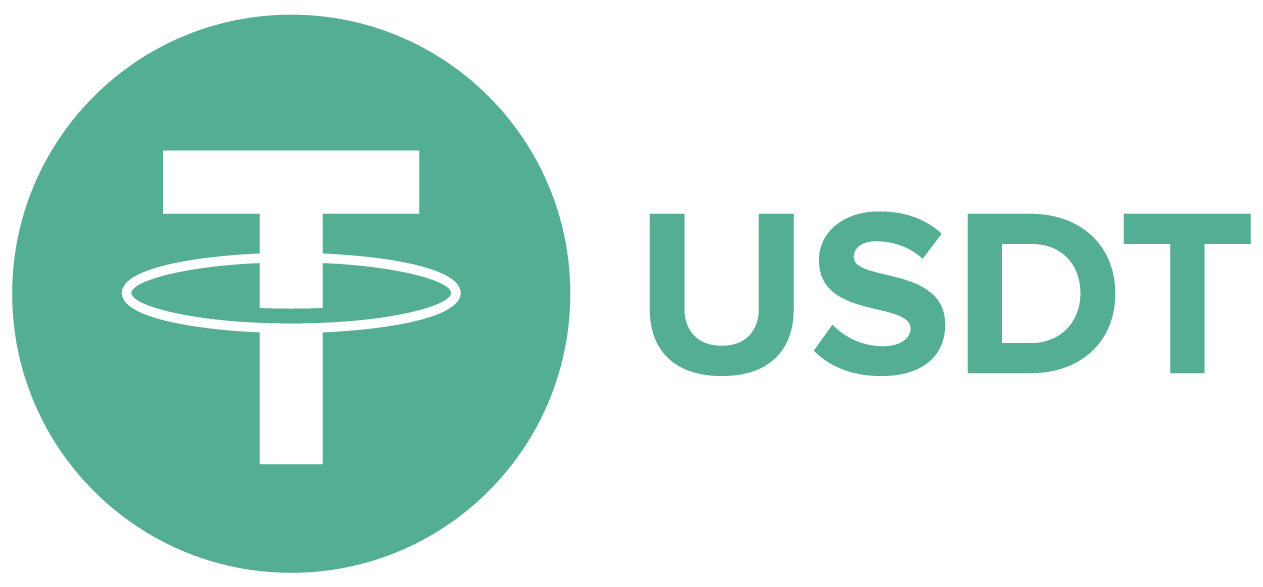Chapter 2 - How buying and selling occurs
Lesson 2.0 - The concept of Supply and Demand

The currency exchange is one of the financial markets, and we have previously mentioned that one of the most important features of the currency exchange is that it does not need a broad background on the economy, in order to be able to recognize the market and then trade therein. However, this does not mean at all that our most basic knowledge of the economy is non-existent, so in this article we will explain one of the most important rules behind changing prices, which is the rule of supply and demand.
The movement of prices is nothing but an always and forever burning struggle between supply and demand, and the category that succeeds in absorbing the pressure of the other category is the one that controls the direction of prices. When demand excels, prices rise, and when supply excels, prices decrease. This is the main rule in setting the prices of everything.
Looking at the supply side, it represents the commodity, history, and the owner category, which is the category that presses prices to fall.
Demand is seen as representing money, future, and the category that seeks ownership, which is the category that presses prices to rise.
This speech seems vague ... !!!
You will see it more clearly when we show an example, and you will realize how simple it is.
Demand Outpace (Price Increase)
Suppose a car dealership has 10 cars, the price per car is 10,000 US Dollars, and we have 20 people who want to buy these cars. We will presumably assume that each person has the right to a car or more. What will happen?!
Simply the agency will offer cars for sale, and everyone will apply for the car, and when people know that the number of cars is limited, they will offer more than their value to ensure that they get them.
Then, these people start raising the car price.
Let's say that the car price has increased by 30%, and the agency succeeded in selling cars at $ 13,000 instead of $ 10,000.
These people represent the demand, while the cars represent the supply. In this cars, the volume of demand was greater (20 people) than the supply size (10 cars).
- The previous example is a normal case for price increase, where demand outpaces supply.
- When the gap between supply and demand widens, the price threshold increases, due to the greater demand.
- As the price threshold increases, the supply and demand gap widens, due to lower supply.
- Prices rise madly, when the gap reaches its maximum extent, due to the simultaneously increased demand and lower supply. This case is called frenzy market. They are the price peaks in the markets.
As we saw in the previous examples, prices move up when the supply-demand gap occurs in favour of demand, and we have also shown that the reason may be the increase in the number of buyers or the decrease in the number of sellers.
Supply Outpace (lower prices)
Now let's assume that the agency has 20 cars, and the people who want to get the cars are only 10 persons, what will happen ?!
Simply the agency will try to sell the cars it has, so it will offer the car at a lower price to attract people to buy the car.
Let's say the agency have succeeded in selling its cars at $ 9,500, i.e. at a price that is 5% lower than its original price.
Here, the gap between supply and demand widened, so the increased supply pushes prices down.
- The previous example is a normal case of price decrease due to supply outpacing demand.
- When the gap between supply and demand widens, the price threshold decreases, due to the greater supply.
- The price threshold decreases when the supply and demand gap widens, due to lower demand.
- Prices fall madly, when the gap reaches its maximum extent, due to the simultaneously increased supply and lower demand. This is a case called the panic stage, which represent market price collapses.
Balanced Price (Balanced Supply and Demand)
The stage of supply and demand parity represents one of the instances of price stability, in which the price movement appears to be crosswise.


 English
English





